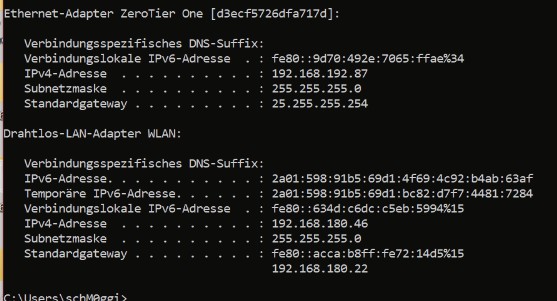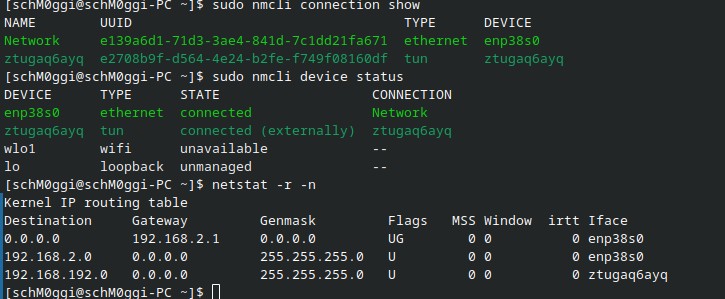Hi,
I have a funny problem and I’m running out of ideas.
So me and a few mates want to play an older game, Star Wars Battlefront 2 (the classic from 2005), in LAN via Zerotier. I’m the only one on Linux, running the game via Wine and the other mates are on Windows 10. We are all connected to the Zerotier network, ping works, remote access like using Anydesk works. When a Windows user does host a game, everyone can join and play … except me. I don’t see the server in the lobby. If I do host a server, nobody can see me, nobody can join. When I switch to Windows (I’ve got dualboot on the same PC), everythin works.
So I thought, hey, maybe running the game through Wine is the problem here. I fired up my second PC (Windows 10) in my local LAN and hosted a game there. It turns out, I can see and join the server on Linux too. So Wine can’t be the problem. Then I switched my second PC to W-LAN, connecting it to my smartphone hotspot, simulating a mate outside of my local LAN. Created a Zerotier server and both PCs joined. Pin works, Anydesk works, everything seems to work … except again, my Linux machine can’t see and join the server on the Windows machine.
So, then I thought, maybe Zerotier on Linux is somehow broken(?). I fired up a different game, still with my Zerotier setup, and look at that, my Linux machine can see and join the server in that specific game. I have to say, this other game relies on the old DirectPlay (Windows), but I’m not sure if that’s relevant. So, what’s going on?
A few more notes:
-
Firewall on all devices is deactivated
-
We observed that being able to to see a hosted server via Zerotier, in any game, is only possible after automatic metric in the ipv4 configuration under Windows is set to 1. Interesting enough, in my local LAN setup, on Linux, this was not necessary. But, to rule this one out, I changed the metric configuration on my Linux machine for the Zerotier connection and device to 1. At least I think that’s what I did. But it didn’t help. Here is how I did that:
sudo nmcli connection modify zerotier_name ipv4.route-metric 1
sudo nmcli connection up zerotier_name
sudo nmcli device modify zerotier_name ipv4.route-metric 1
sudo nmcli device up zerotier_name
To check, the following command
route -n
does show, that the metric has changed to 1. Strangely, the standard configuration doesn’t show any metric for the Zerotier connection and device.
Anyone got ideas?



